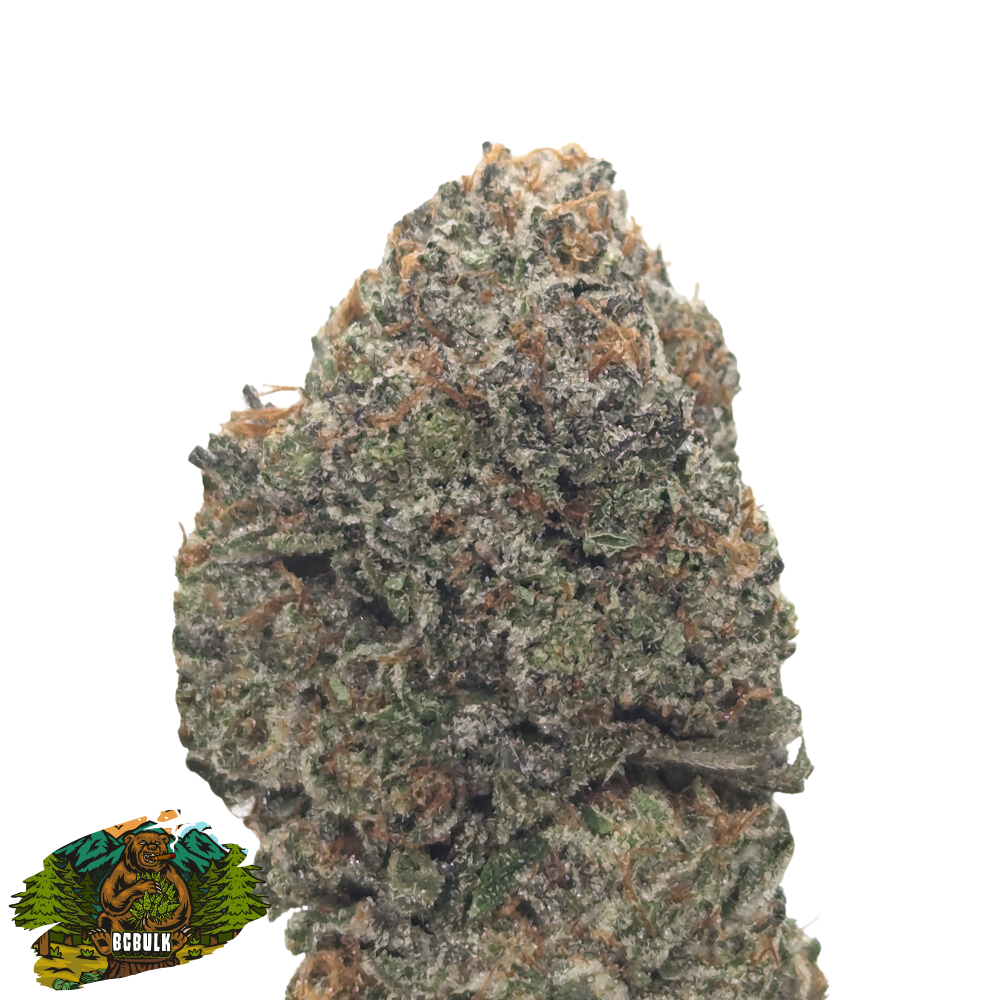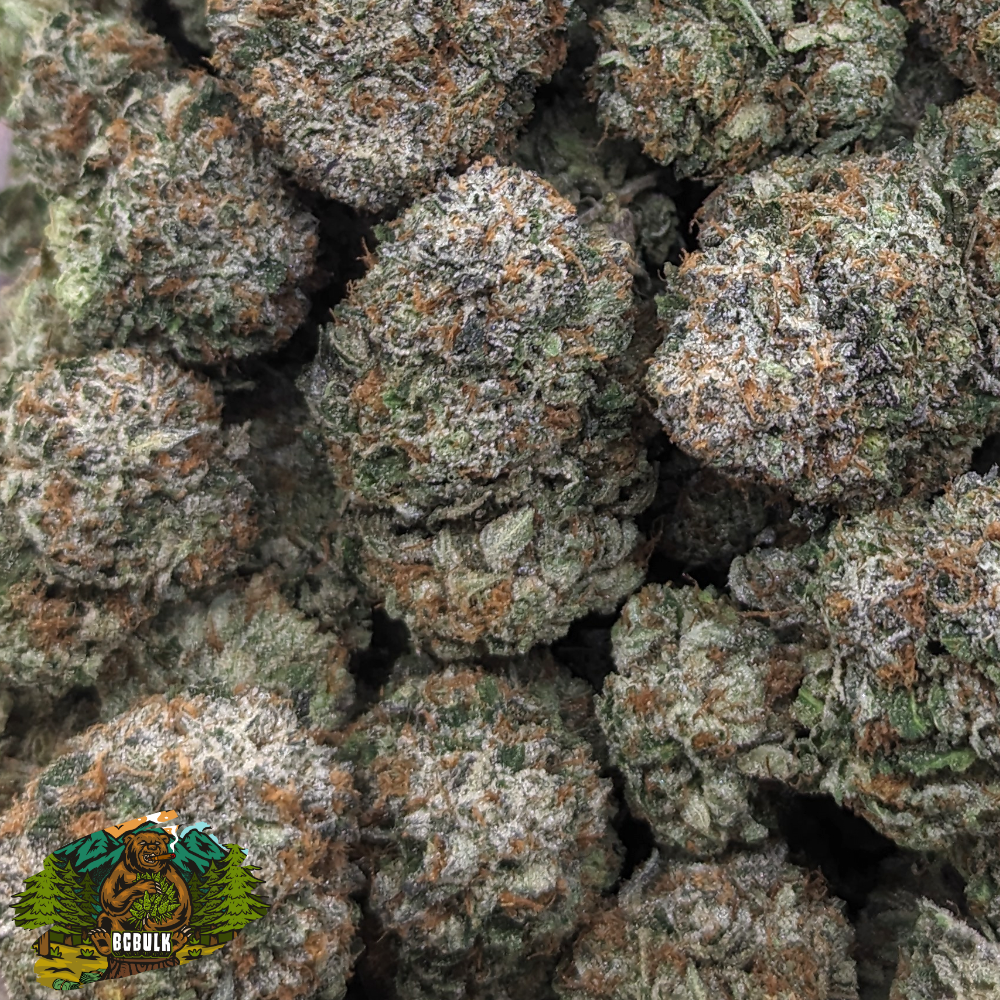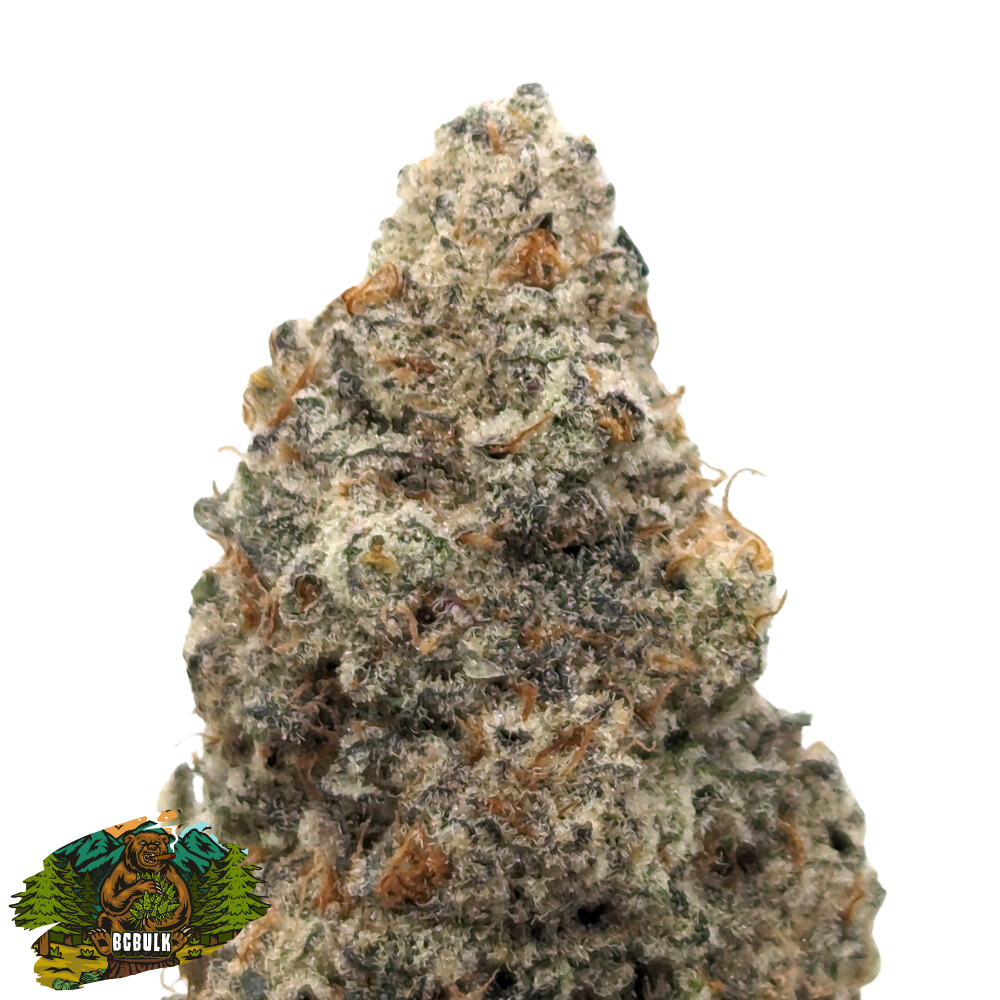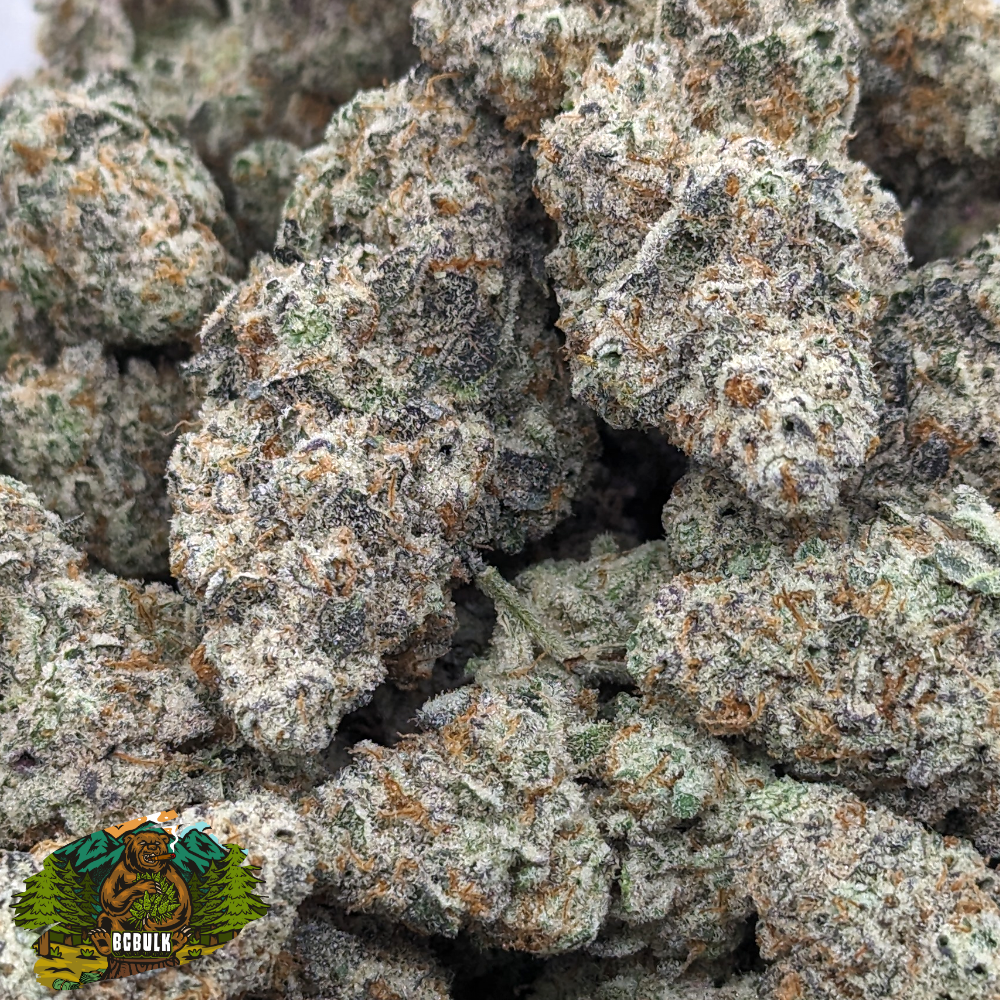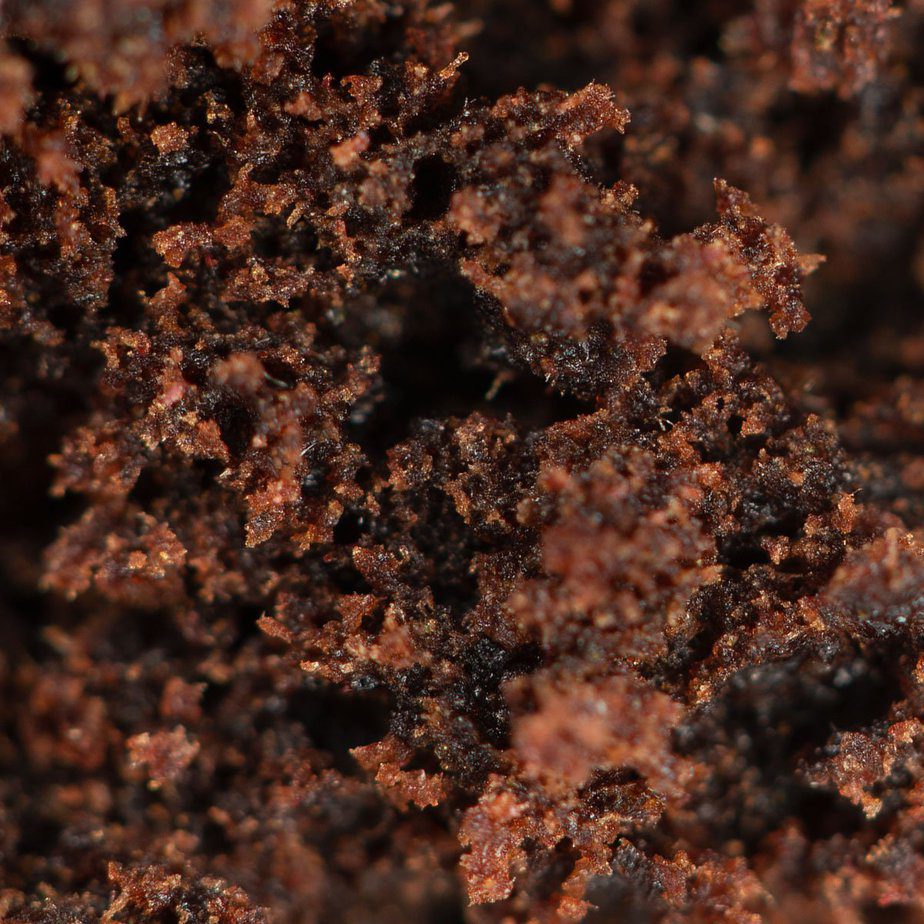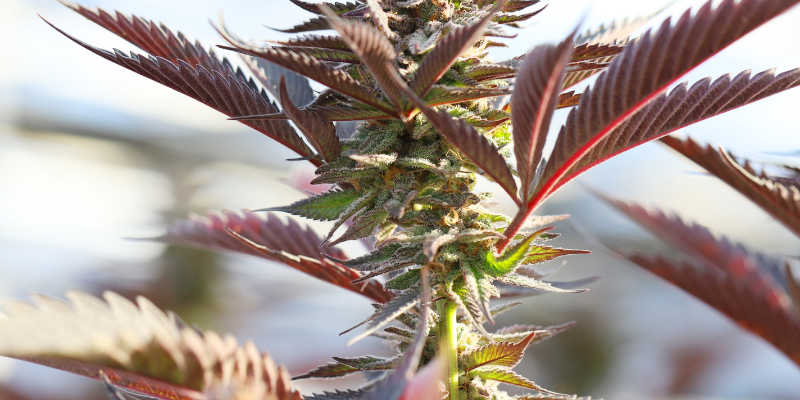| Tier | Subtotal | Items |
|---|---|---|
| 1 | $199-300 | 1 Item |
| 2 | $300+ | 1 Premium Item |
Cannabis Basics
What Is Kush: Your Basic Guide to Understanding This Strain
Kush refers to a specific strain of Cannabis indica, which often traces its origins to the Hindu Kush mountain range, primarily located in Afghanistan and Pakistan. This strain is renowned for its potent effects, which tend to offer relaxation and sedative qualities that many users seek for recreational and medicinal purposes. Over the years, Kush has become synonymous with high-quality cannabis, and its genetic backbone has given rise to a diverse array of hybrid strains.
The distinctive features of Kush include its strong earthy and floral scent, often accompanied by hints of pine, fruit, or citrus. These are complemented by the plant’s unique appearance, characterized by dense, chunky buds covered in a rich trichome layer that provides a sticky texture. The leaves typically exhibit a deep green hue, sometimes with shades of purple.
When discussing Kush, one might also consider its cultural impact. The strain has influenced music, fashion, and slang within various communities, particularly in regions where it’s been embraced for its calming effects and its use in managing stress, pain, and insomnia. This guide aims to provide the basic knowledge needed to understand what Kush is, its characteristics, effects, and why it holds such an esteemed position in the cannabis industry.
Origin of Kush

The term “Kush” refers to a variety of cannabis derived from the Hindu Kush mountain range. This section provides a detailed look into its historical development and geographic origins.
Historical Context
Historically, the term “Kush” was initially used to describe a land or region in ancient texts. In the context of cannabis, it has come to define a subset of strains renowned for their potency and distinct flavors. These strains can be traced back to plant genetics from the Hindu Kush region, where they developed naturally over centuries. Local populations utilized these plants for their psychoactive and medicinal properties.
Geographical Roots
Location: The geographical roots of Kush strains are deeply embedded in the Hindu Kush mountains, which span across Afghanistan, Pakistan, and into Tajikistan.
Climate Influences: The harsh mountainous climate has shaped the characteristics of Kush strains:
- Altitude: High elevations result in robust plants.
- Temperature: Cooler temperatures contribute to a denser foliage.
- Terrain: Rugged terrain yields plants with unique traits.
Characteristics of Kush Strains
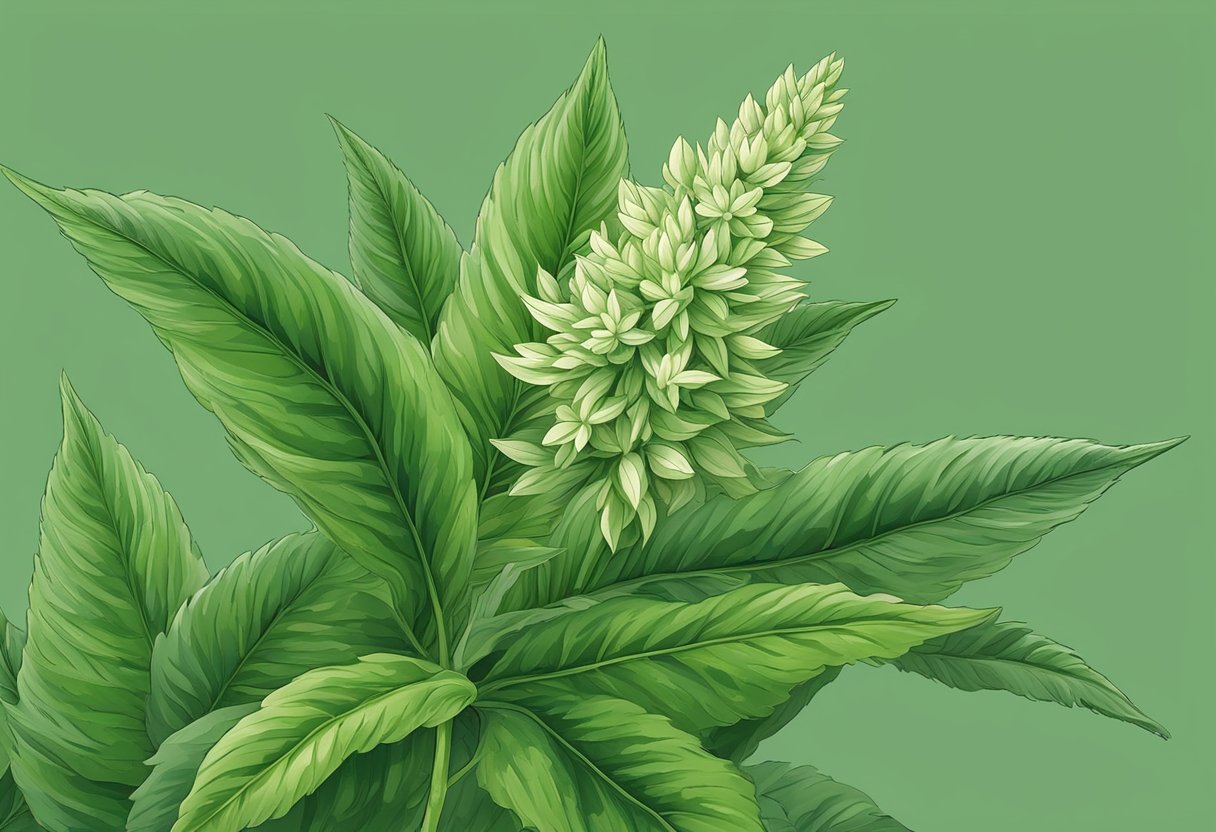
Kush strains are distinguished by their unique appearance, distinct aroma, and the powerful effects they produce. These features have made them popular and revered worldwide.
Appearance
Kush strains typically exhibit deep green colas with hints of purple. The buds are often dense and covered with a layer of trichomes that give them a frosty appearance. They have a characteristic bushy growth pattern with broad leaves that are dark green, sometimes with purple hues.
Aroma
The aroma of Kush strains is complex and varies between earthy, floral, and pungent undertones. It often has hints of pine, citrus, and herbs, setting it apart from other cannabis strains. The smell is typically strong and can linger in the air for an extended period.
- Earthy: A deep, rich aroma reminiscent of soil or damp forest.
- Floral: Lighter notes that might resemble lavender or other fresh blooms.
- Pungent: A strong, intense smell that is easily identifiable and often associated with cannabis.
Effects
Kush strains are primarily known for their powerful sedative effects. They are typically associated with a relaxing and euphoric experience, often resulting in a body high. Medical users may seek Kush for its potential to relieve pain and insomnia.
- Relaxation: It is common for users to feel a state of calmness and relaxation after consumption.
- Euphoria: Many users report a sense of happiness and uplifted mood.
- Pain Relief: The potent effects can help in alleviating chronic pain and discomfort.
- Sleep Aid: Kush strains are often used to promote better sleep, making them popular among those with insomnia.
Cultivation of Kush

Successful cultivation of Kush strains requires specific environmental conditions and the use of tried-and-true growing techniques. Understanding these aspects ensures the healthy development and potent yield of these cannabis plants.
Growing Conditions
Kush strains, traditionally hailing from the Hindu Kush mountain range, thrive in climates that resemble their origin. These conditions include:
- Temperature: A range of 65-80°F (18-26°C) during the day is ideal. Nighttime temperatures should not drop more than 10-15 degrees from the daytime temperature.
- Humidity: Moderate to low humidity levels, generally between 40-50%, are optimal to mimic their native, arid environment.
- Light: They require a consistent light cycle. Indoor growers typically use a 12/12 light cycle during the flowering stage.
- Soil: A well-draining soil rich in nutrients supports their growth. A pH level between 6.0 and 7.0 is recommended.
Common Techniques
There are several cultivation techniques growers can employ to enhance the growth and potency of Kush plants. Some include:
- Screen of Green (ScrOG): This method involves placing a screen above the plants and weaving branches through the screen as they grow, which optimizes light exposure and encourages horizontal growth.
- Pruning: Removing lower branches and leaves can improve air circulation and direct the plant’s energy to the top buds.
- Nutrition: Proper fertilization is crucial. Nitrogen is essential during the vegetative stage, while phosphorus and potassium are vital during flowering.
Maintaining a meticulous approach to these conditions and techniques is key to successful Kush cultivation.
Medical and Recreational Use

Kush, particularly in relation to cannabis strains, has established itself in both medical and recreational spheres due to its potent effects and distinctive flavors.
Therapeutic Benefits
Kush strains are renowned for their indica-dominant properties, which often result in sedative effects. They are frequently utilized by patients to alleviate symptoms such as:
- Chronic Pain: The analgesic properties help in managing pain.
- Insomnia: Sedative qualities assist in improving sleep patterns.
- Stress and Anxiety: The relaxing effects aid in reducing stress and anxiety.
Popular Kush Varieties
In the realm of cannabis, Kush refers to a lineage of strains known for their distinctive aromas, potent effects, and particular growth characteristics. These strains have gained widespread popularity among both users and growers, with particular varieties standing out as favorites for their unique profiles.
Indica-Dominant Hybrids
Among the Kush varieties, Indica-dominant hybrids are esteemed for their relaxing and sedative effects. They are the quintessential choice for those seeking a tranquil experience.
- OG Kush: A classic, often marked by a complex aroma with notes of spice and earth. THC levels can be very high, making this a powerful option.
- Bubba Kush: Known for its heavy tranquilizing effects. It presents flavors of sweet hashish with subtle notes of chocolate and coffee.
Sativa-Dominant Hybrids
Sativa-dominant Kush hybrids offer a more uplifting and cerebral experience, while still delivering the signature Kush essence.
- Mickey Kush: Recognized for its potent, quick-hitting effects that deliver an energetic buzz.
- Silver Kush: It’s favored for its stress-reducing yet invigorating impact, combining a silver haze parent with Kush genetics.
Consumer Information
When purchasing and consuming Kush, consumers should prioritize legality, quality, and safe consumption methods.
Purchasing Tips
- Quality Factors:
- Appearance: Good quality Kush should have a vibrant green hue with a frosty trichome coverage.
- Smell: Fresh Kush typically has a pungent, earthy aroma.
Consumption Methods
- Smoking:
- Tools: Pipes, bongs, or rolling papers.
- Process: Grind Kush, fill the tool, light evenly, and inhale gently.
- Vaporizing:
- Tools: Dry herb vaporizers.
- Temperature: Heat between 356°F to 420°F for optimal vaporization.
Frequently Asked Questions
In this section, readers will find concise and informative answers to common inquiries about kush, a specific type of cannabis plant, offering a deeper understanding of its traits, origins, and uses.
What type of plant does the term ‘kush’ refer to?
‘Kush’ refers to a specific group of cannabis strains that are genetically linked to plants originally found in the Hindu Kush mountain range in Central and South Asia.
What are the distinguishing characteristics of kush strains?
Kush strains are known for their unique aromas, often described as earthy, piney, and floral. They typically have dense, chunky buds that are adorned with a rich coating of trichomes.
Where does the kush strain originate from?
The kush strain originates from the Hindu Kush mountain range. This region’s particular climate and geography have played a significant role in the development of the distinctive features of kush strains.
How does kush differ from other cannabis strains in terms of effects?
Kush strains are commonly associated with strong, relaxing effects. They are often sought after for their potent body high, which can be more sedating compared to the uplifting effects of other sativa-dominant strains.
What are some popular variants of kush and their respective attributes?
Popular kush variants include OG Kush, known for its stress-relieving properties; Purple Kush, sought for its tranquilizing effects; and Bubba Kush, which is commonly used for its heavy relaxation benefits.
What are the typical uses and benefits associated with kush strains?
Kush strains are frequently used for their therapeutic effects, such as providing relief from pain, insomnia, and stress. Their sedative qualities make them a favorite choice for evening use.
